Researcher Jared Diamond in his book Collapse (2005), assumed that the removal of vegetation and overcrowding rats resulted in tremendous erosion, a great scarcity of resources and food, and, ultimately, the collapse of the Rapanui Society of Easter Island ― a hypothesis that most of the mainstream researchers believe.
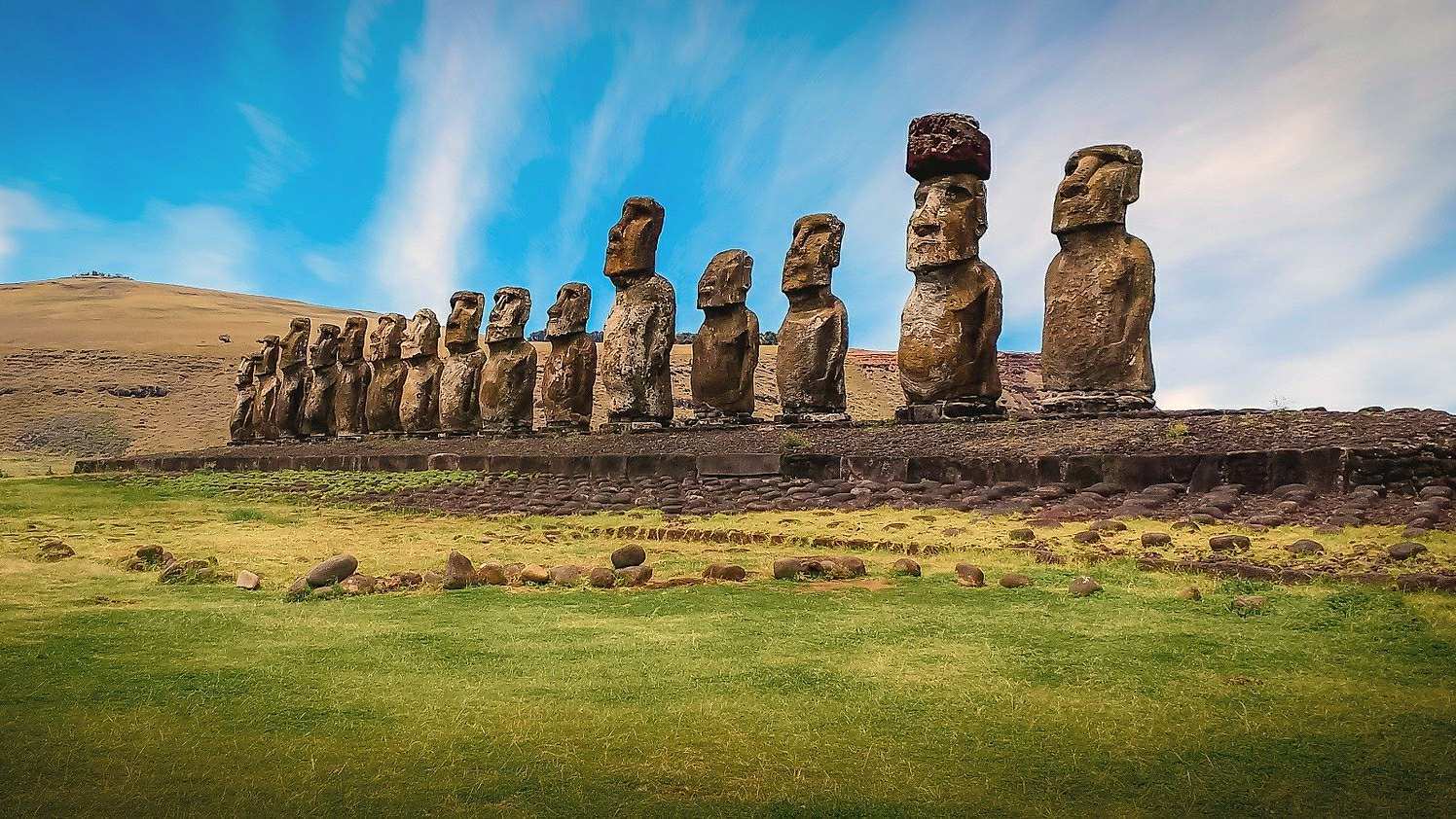
But a new study on the Prehistory of Easter Island (Rapa Nui) carried out by an international team of scientists and archaeologists from the Moesgaard Museum in Aarhus, Denmark; the University of Kiel, in Germany, and the Pompeu Fabra University of Barcelona, in Spain, have discovered something off the track. In various areas of the island, they found a series of ancient graves that retain traces of red pigment inside.
The new data presented by this study, published in the journal The Holocene, suggests that the story of the Rapanui-collapse could have happened otherwise. Researchers say that the production of reddish pigment continued to be an important aspect of the cultural life of the inhabitants of Pascua despite drastic changes in the ecosystem and the environment.
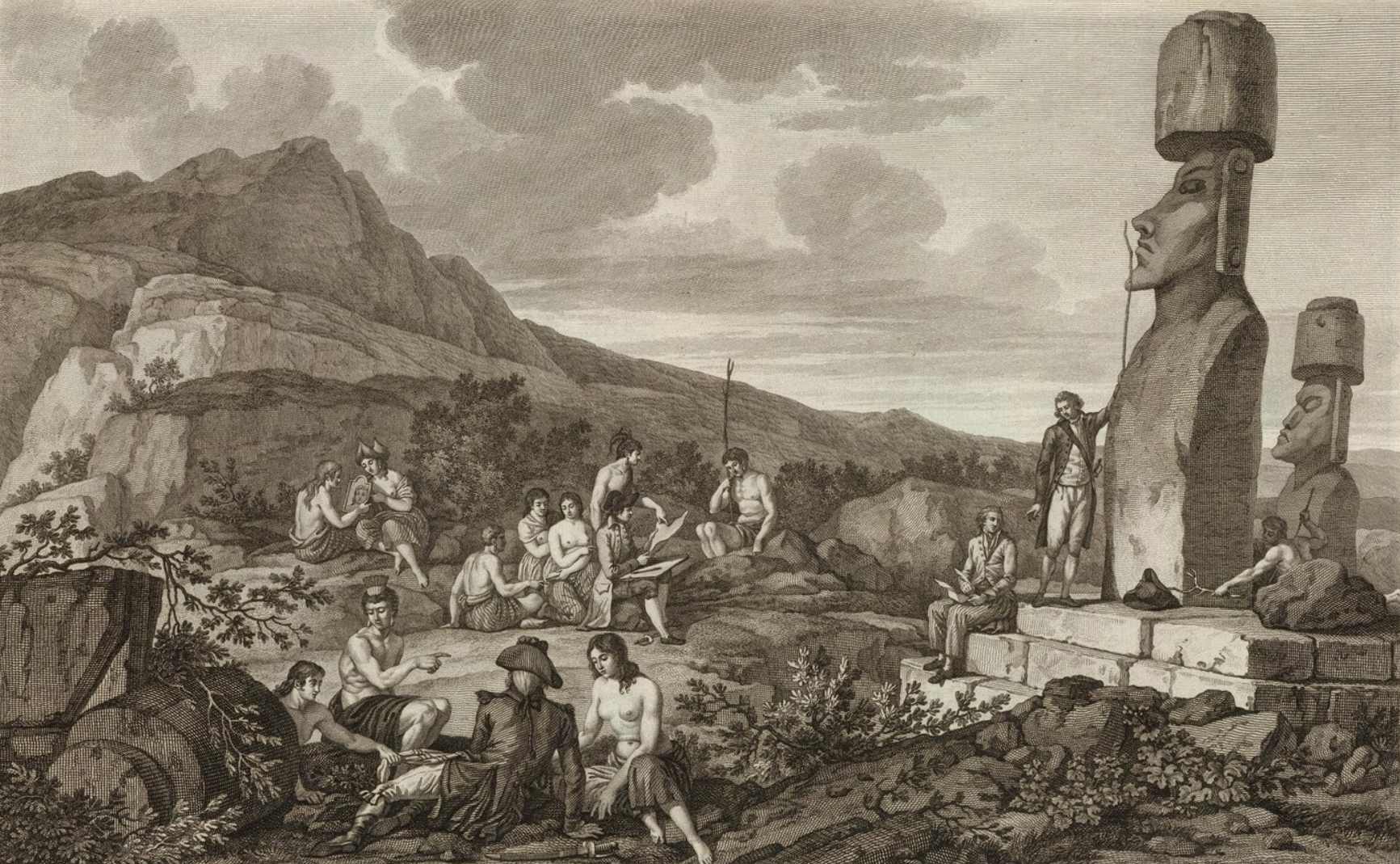
An amazing pigment production
Easter Island is famous throughout the world especially for its gigantic human-like statues, the moai, representations of the ancestors of the Rapanui people. But in addition to statues, the inhabitants of Easter Island also produced a reddish pigment, based on red ocher, which they applied to cave paintings, petroglyphs, moai… as well as in funerary contexts.
While the presence of this pigment was already well known to researchers, its source and possible production process were unclear. In recent years, archaeologists have excavated and conducted scientific studies at four pit locations, suggesting that there was large-scale pigment production on the island.
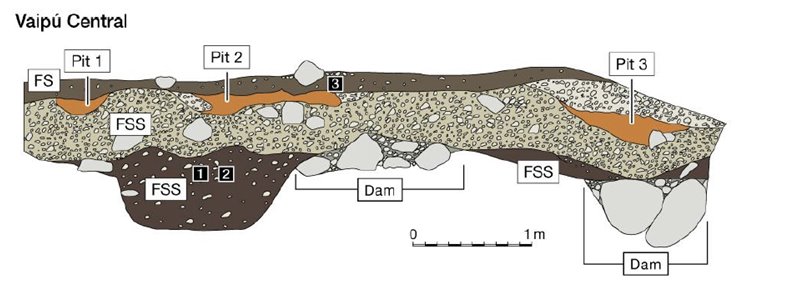
The pits located at Easter are rich in very fine particles of iron oxides, hematite and maghemite, minerals that have a bright reddish colour. Geochemical analyzes that have been carried out on microcarbons and phytoliths (remains of plant mass) indicate that the minerals were heated, possibly to obtain an even brighter colour. Some of the pits were plugged, which would indicate that they were used both for the production and storage of these pigments.
The phytoliths found in the pits of Easter Island come mainly from Panicoideae, plants of the subfamily of grasses. The researchers believe that these phytoliths were used as part of the fuel used to heat the pigments.
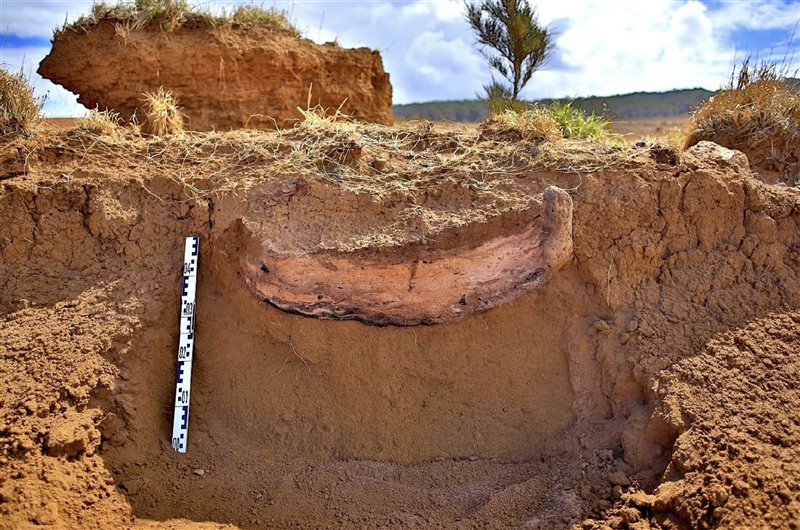
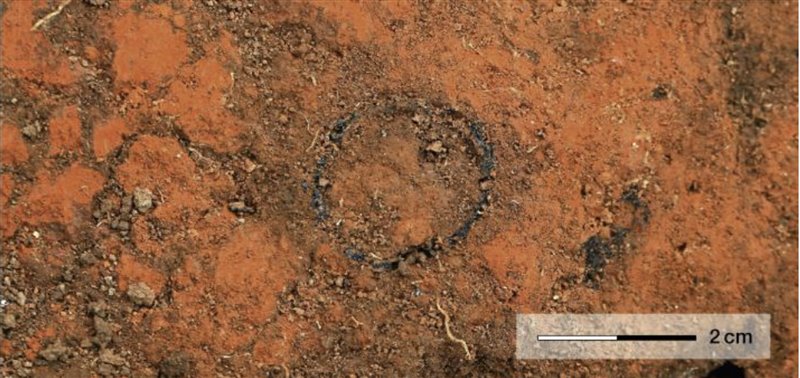
The graves investigated on the island date between 1200 and 1650. At Vaipú Este, the site where most of the graves were found, researchers discovered that many of them were located where palm roots had previously been found, as well as in Poike, where another grave was found. This suggests that pigment production took place after the cleaning and burning of the old palm vegetation.
This indicates that even though the palm tree vegetation had disappeared, the prehistoric population of Easter Island continued pigment production, and on a substantial scale. This fact contrasts with the previous hypothesis that the clearing of vegetation resulted in social collapse. The discovery provides us with new insights into the flexibility of humans to cope with changing environmental conditions.
Conclusió
In the end, the questions remain, how were the Rapanui People extinct from that island? Why did they disappear abruptly? Also, there are a number of questions about their actual origin, it is still unknown on the island where they came from. Socially and culturally from all aspects, they have shown intelligence and superiority in history, but their sudden extinction without a trace remains a big mystery to this day. Now, our eyes can only see some of the leading sculptures and crafts left behind by this great society that fascinate and astonish us even today.




